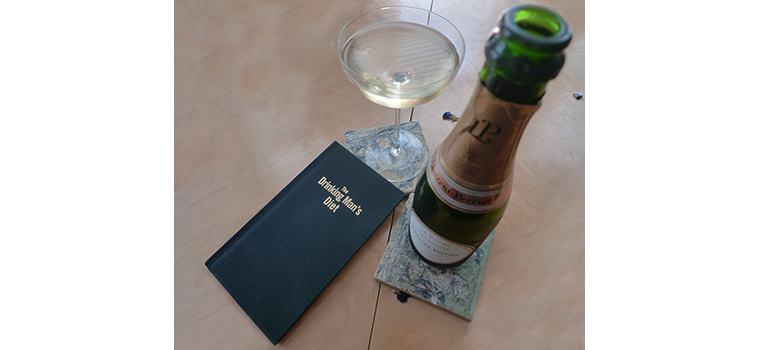While most Bay Crossings readers have at least a passing knowledge of literary legend Jack London, few probably know much about his wife and soul mate, Charmian Kittredge London, who helped shape his destiny while becoming an impressive creative force herself.

BY PAUL DUCLOS
Published: July, 2018
While most Bay Crossings readers have at least a passing knowledge of literary legend Jack London, few probably know much about his wife and soul mate, Charmian Kittredge London, who helped shape his destiny while becoming an impressive creative force herself.
Seeking to bring greater awareness of this oversight is Iris Jamahl Dunkle, author and poet laureate of Sonoma County, who is currently at work on a definitive biography of Charmian.
The Book Club of California recently hosted an evening lecture given by Dunkle, who described several surprises revealed in her research. Among them was the romance Charmian had with the great magician and escape artist Houdini after she became a widow.
It is also worth noting, said Dunkle, that Charmian was herself an accomplished writer and adventurer. She sailed the world with Jack before his tragic death at 40, and the two of them were avid aficionados of all things related to the waterfront.
For more information, see www.irisjamahldunkle.com and www.bccbooks.org.
Jack and Charmian were both avid swimmers, but not quite as passionate as contemporary writer Philip Hoare, who has penned a haunting memoir about his love affair with the sea.
RISINGTIDEFALLINGSTAR: In Search of the Soul of the Sea is a sprawling and elegiac masterpiece of nonfiction that captures the mystery of the ocean and its myriad denizens. “Every swim is a little death,” Hoare writes, “but it is also a reminder that you are alive.”
The author lives in Southampton and on Cape Cod, and captures the essence of those bleak seas as a place of escape and refuge. There is scant mention of West Coast waters in this book, but members of San Francisco’s Dolphin Club would no doubt find some truth in this observation:
“Every day is an anxiety in my ways of getting to the water. I’ve become so attuned to it, so scared of it, so in love with it that sometimes I can only think by the sea. It is the only place I feel at home.”
For more information, see www.press.uchicago.edu.
For his part, the famous aerial photographer Robert Cameron was not much for the sea; he liked to get high. While most readers may know him for his epic Above San Francisco, the author repeated the effort by flying above 15 other cities to document their unique configurations from a bird’s eye view.
Cameron also became quite celebrated for his self-published 1962 best-seller, The Drinking Man’s Diet, a low-carb regimen that is sometimes confused with the “Russian Air Force diet” used by pilots to keep slender enough for narrow fighter plane cockpits. Alas, there’s no vodka allowed on that one.
This tome is slender, too, and elegantly illustrated with classic cartoons from the bygone era of the three-martini lunch. The author does invoke a word of caution, however: “If you drink too much, you will get drunk. Moderation in the pursuit of happiness is no vice.”
For more information, see www.cameronbooks.com.
Finally, here’s another book that both Cameron and Jack London would probably find engaging: A Short History of Drunkeness by Mark Forsyth. The author notes early on that “nearly every culture on earth has drink, and where there’s drink there’s drunkenness.”
But in every age and in every place, drunkenness is a little bit different. It can be religious, it can be sexual, it can be the duty of kings or the relief of peasants. It can be an offering to the ancestors, or a way of marking the end of a day’s work. It can send you to sleep, or send you into battle.
A Short History of Drunkenness traces humankind’s love affair with booze from our primate ancestors through to Prohibition, answering every possible question along the way: What did people drink? How much? Who did the drinking? Of the many possible reasons, why?
On the way, learn about the Neolithic Shamans, who drank to communicate with the spirit world, marvel at how Greeks got giddy and Romans got ripped and find out how bars in the Wild West were never quite like those depicted in classic films.
This is a history of the world at its inebriated best. For more information, see www.penguin.co.uk.
Follow Paul Duclos’ Cultural Currents online with his blog at: www.duclosculturalcurrents.com

